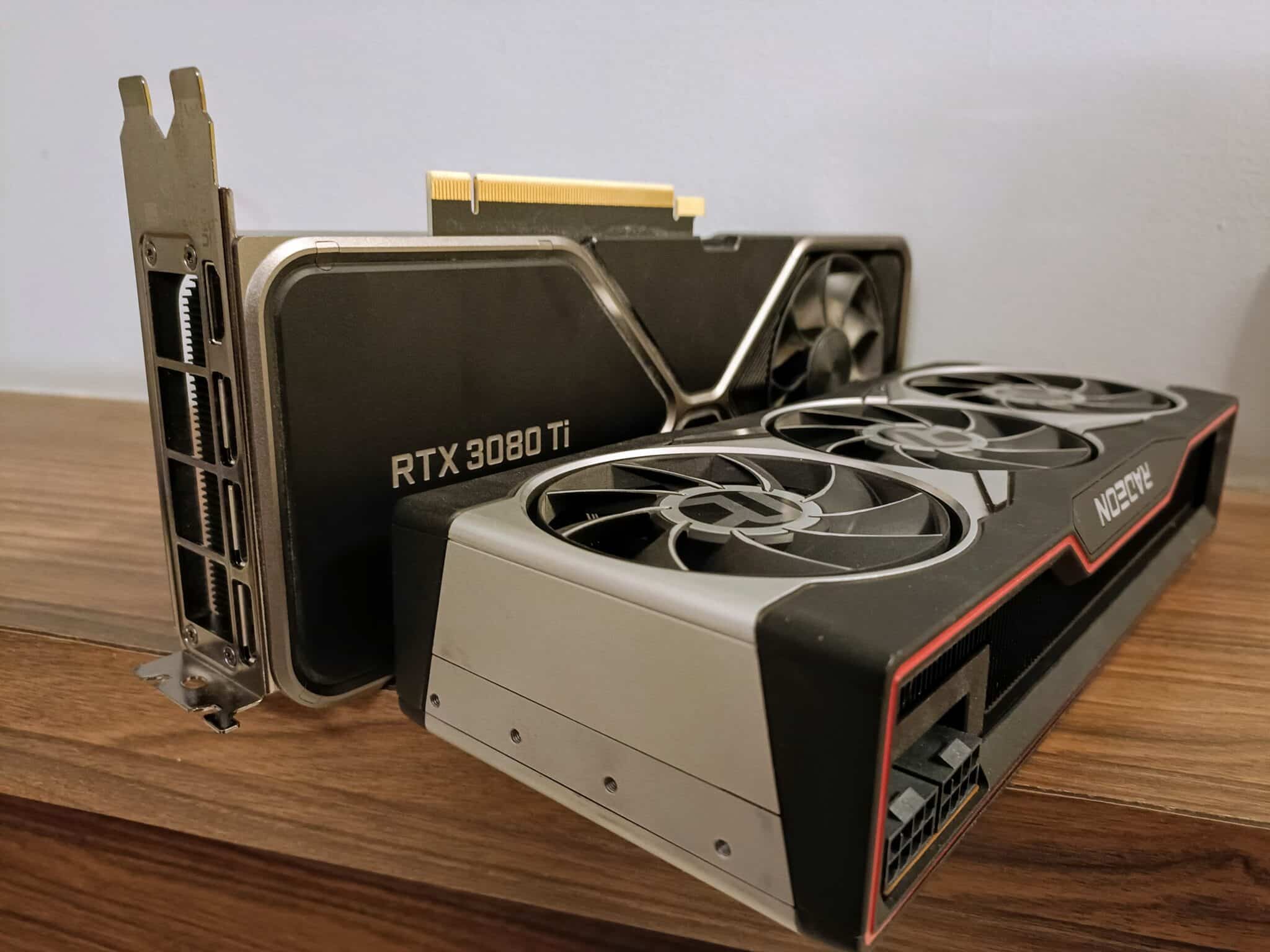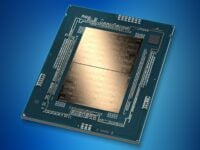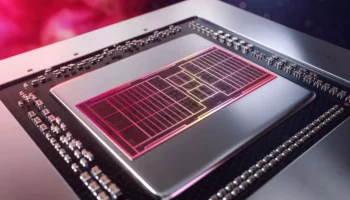Re-sizable BAR has existed on modern computers for a while now, but AMD was the first to introduce it to the masses and gamers in general. Marketed as SAM (Smart Access Memory), it essentially allows direct access to the GPU memory without the use of tedious BARs to shuffle around the usable regions. After AMD, NVIDIA and Intel were quick to enable re-sizable BAR on their respective processors but Team Red still claims to hold an advantage due to better implementation.
BAR stands for Base Address Register. It’s a register that defines which parts of the PCIe device memory is available to the CPU. Re-sizing it means to widen the memory channel between the CPU and the GPU from just 256MB to the full-capacity of the GPU. Now, this make seem like a major deal for performance but it’s really not. Most applications including games developed over the last two decades were made for the 256MB BAR region, so much so that extending it yields very limited performance gains…at least for now.
In this one, we’ll have a look at the net performance gains on the Radeon RX 6800 XT and the GeForce RTX 3080 Ti with re-BAR enabled. Both the GPUs will be paired with the Ryzen 7 5800X3D (the fastest gaming CPU) and 8GB x2 DDR4-3600 CL16 memory and the MSI MPG X570S Edge WiFi and an NZXT Kraken X73 AIO cooler. Both the graphics cards are reference models:

We tested four titles at 720p and 1080p using the ultra quality preset. Right off the bat, Assassins’ Creed: Valhalla sees an impressive 15% FPS gain with re-BAR enabled, going from 157 to 178 FPS at 720p. The uplift is a bit less impressive at 1080p as the average frame rates increase from 135 FPS to 147 FPS. That’s a 10% improvement. Pretty decent, all things considered.
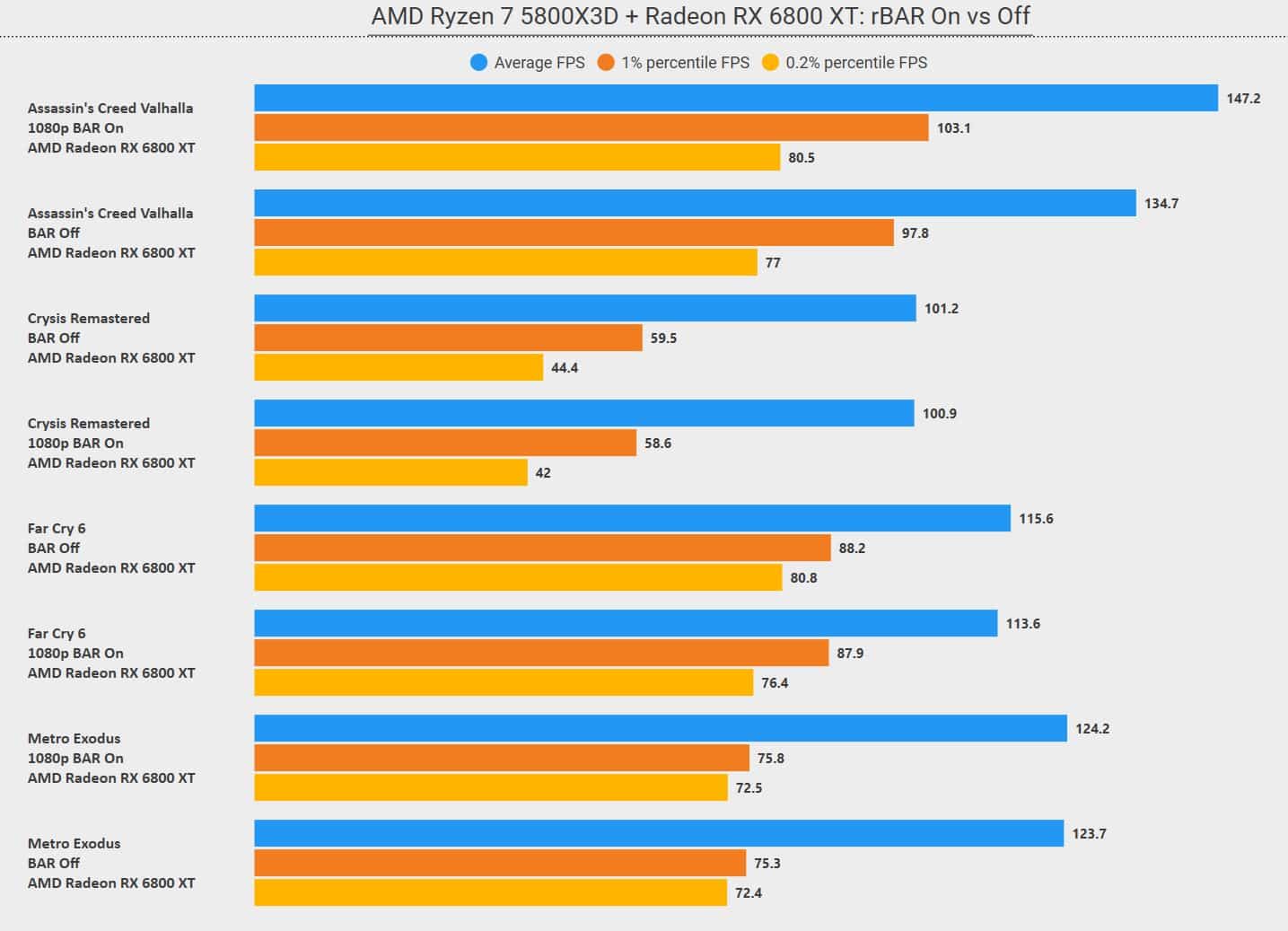
Looking at rival NVIDIA’s GeForce RTX 3080 Ti, this GPU gains under 5% more frames with re-BAR enabled, jumping from 130 to 135 FPS and 114 to 118 FPS at 720p, and 1080p, respectively. Now, that’s a pretty clear victory for AMD in this one title. However, it’s important to remember that Valhalla is an AMD partner title that generally runs quite horribly on NVIDIA GPUs.
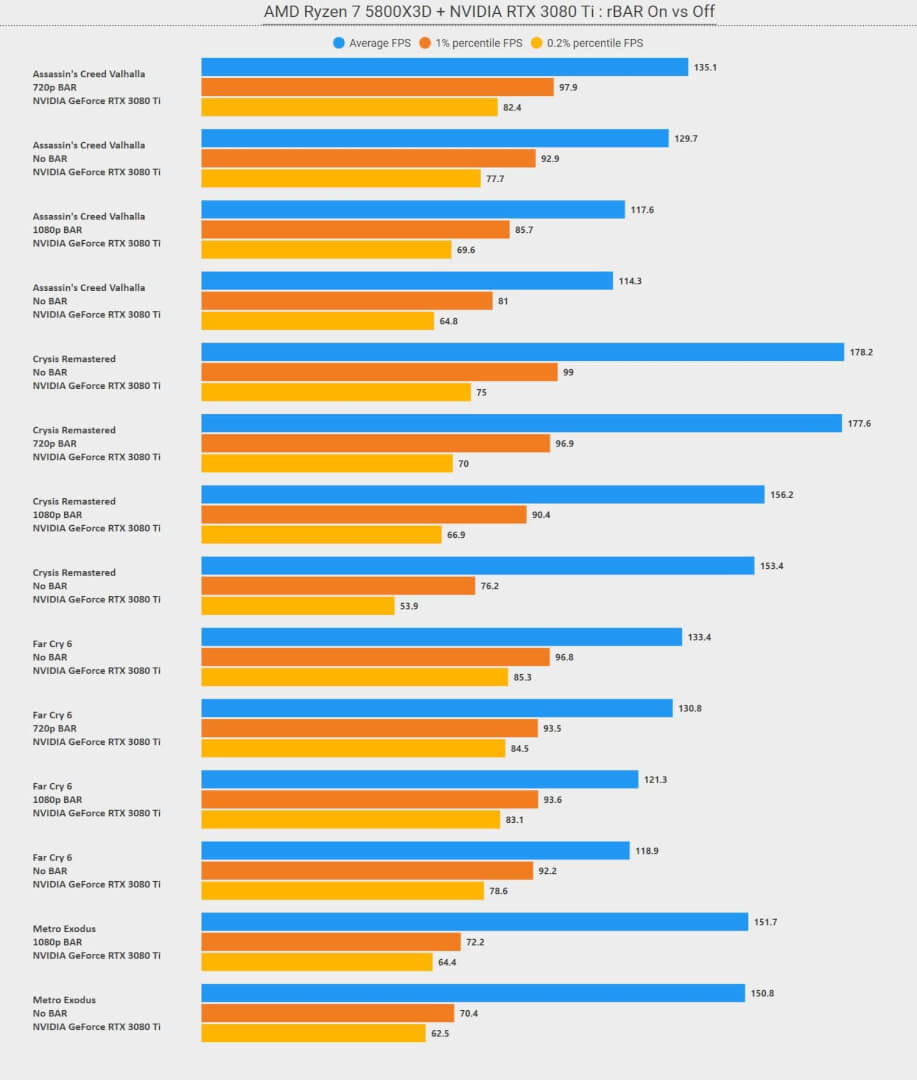
Moving to the second title on the list, Crysis: Remastered, we get an interesting result. The Radeon RX 6800 XT is slower with re-BAR enabled at 720p. The average drop from 160 to 150 FPS when SAM is enabled. At 1080p, the drop is very marginal but it’s definitely there. Meanwhile, the NVIDIA RTX 3080 Ti actually gains a couple of frames with re-BAR turned on, at both 1080p and 720p.
Next up, we have Far Cry 6. Despite being another AMD partner title, it seems to not care about Smart Access Memory. Performance remains unchanged with re-BAR enabled on both the RX 6800 XT as well as the RTX 3080 Ti.
Lastly, we have Metro Exodus: Enhanced Edition. Once again, the impact of re-sizable BAR remains minimal. However, AMD does have a slight advantage at 720p as it gains 2 FPS on average even though the overall performance in the ray-traced title remains quite dismal.
Overall, it would seem that re-BAR very much behaves like an experimental technology in most games. Some AMD partner titles seem to benefit quite a bit from it but on the whole, the gains are very limited on both Red and Green platforms.
